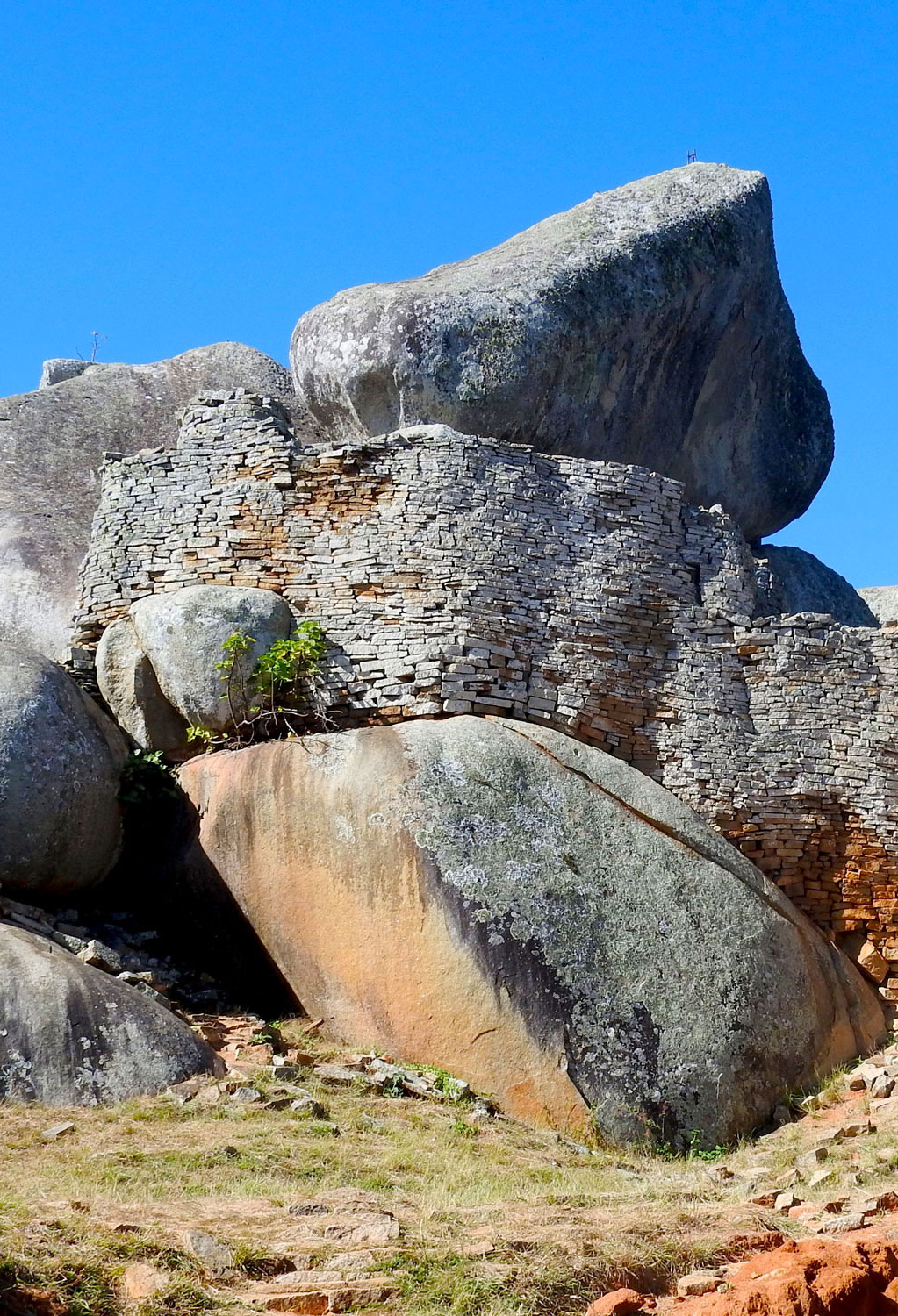Many ancient civilizations built walls to keep out intruders, mark territorial lines, or sometimes just show off a kingdom’s wealth and power. Often stretching for hundreds of miles, these walls were constructed by hand without modern tools or building plans, yet many have withstood the test of time for centuries. Here are five ancient walls around the world that you can still visit today.
Hadrian’s Wall, United Kingdom
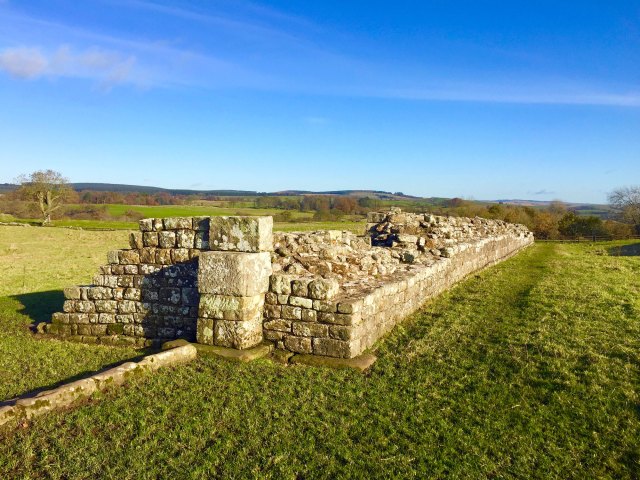
When Roman Emperor Hadrian took power in 117 CE, he wanted to secure his empire, and one area under threat was the northern territory of what is now considered Great Britain. Roman armies had already taken over most of the island, but “barbarian tribes” of Picts in the far north (present-day Scotland) created issues for the Romans. Hadrian needed a way to protect the empire’s land from northern invasions, so he ordered his army to build a wall that would stretch across the width of the island.
While Hadrian originally considered building a simple turf wall, he later settled on a design that used local stone as the primary material. The 73-mile wall began in the east at Wallsend and ended in the west at Solway Firth. It stood almost 20 feet high in some places and was nearly 10 feet wide. Although exact numbers aren’t available, historians estimate that at least 15,000 men spent approximately six years constructing Hadrian’s Wall, including its stone forts and bridges.
Nearly 2,000 years later, there are areas where the original wall remains standing, but many areas of the wall have all but disappeared — not due to poor construction by the builders, but rather because of local residents recycling the building materials. Builders dismantled areas of the wall and took the stone for constructing houses, churches, and new walls. Fortunately, conservation efforts put a stop to that in the 19th century, and Hadrian’s Wall is now part of a UNESCO World Heritage Site that receives thousands of visitors every year.
Great Zimbabwe Walls, Zimbabwe and Mozambique
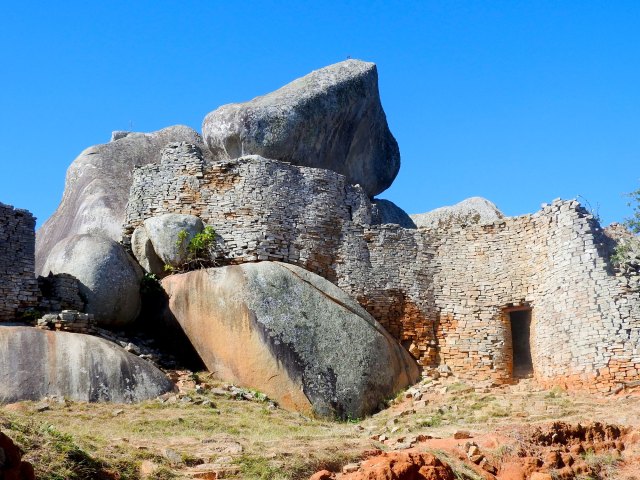
Great Zimbabwe was a thriving center of trade in sub-Saharan Africa from the 11th century through the 15th centuries. The walled complex sprawled across more than 1,800 acres, making it the largest ancient stone complex in Africa after Egypt’s Great Pyramids. A Bantu group of people known as the Shona constructed and expanded Great Zimbabwe over about 300 years. They built the walls from exposed granite in the nearby hills by carefully layering the rocks without mortar. At its peak, Great Zimbabwe was home to about 18,000 people, with a few hundred members of the noble class living within the well-guarded fortress.
When European explorers visited the site in the late 19th century, many plundered the site in search of hidden wealth from the surrounding gold mines, leading to the unfortunate destruction of many areas within the site. Years of outsiders digging for artifacts and treasures to donate to museums has threatened the structural integrity of the walls. The remaining ruins consist of three main areas: the Hill Ruin, the Great Enclosure, and the Valley Ruins. The highest wall at 36 feet tall and over 800 feet long lies within the Great Enclosure. This is where historians believe religious rituals and administrative functions took place in the lost city.
It was only in the early 20th century that archeologists confirmed that the Shona people constructed the fortress, which is now a protected UNESCO World Heritage Site. Today, travelers can visit the walls of Great Zimbabwe, but it’s important to be cautious and explore the fragile site with a guide.
Western Wall, Israel
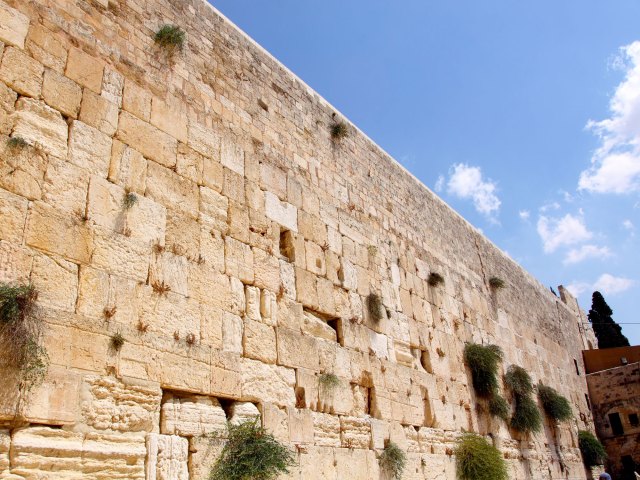
Jerusalem is home to many ancient sites that carry great religious importance to the world’s Abrahamic faiths. Two of the most important sites are the Al-Aqsa Mosque and the Dome of the Rock. Together, the two sites comprise an area called Temple Mount. This is the site where people of the Jewish and Christian faiths believe Abraham prepared his son Isaac for sacrifice. It’s also where Muslims believe the prophet Muhammad ascended into heaven. The shared importance has made the Temple Mount a point of contention for centuries.
King Herod built the wall in 20 BCE during an expansion of the Second Temple, a holy site for the Jewish faith. People have gathered for centuries at a particular section of the wall to call out prayers to God. This section of the wall is known as the Western Wall or the Wailing Wall. Slips of paper fill the cracks along the length of the 160-foot-long wall — each containing a written prayer.
The Western Wall has long been a site of pilgrimage for Jewish people, while its proximity and connection to nearby Islamic sites make the wall important for Muslims too. Visitors of all faiths can visit the Wailing Wall, where they can also take tours of the ancient tunnels excavated underneath the site.
Theodosian Wall, Turkey
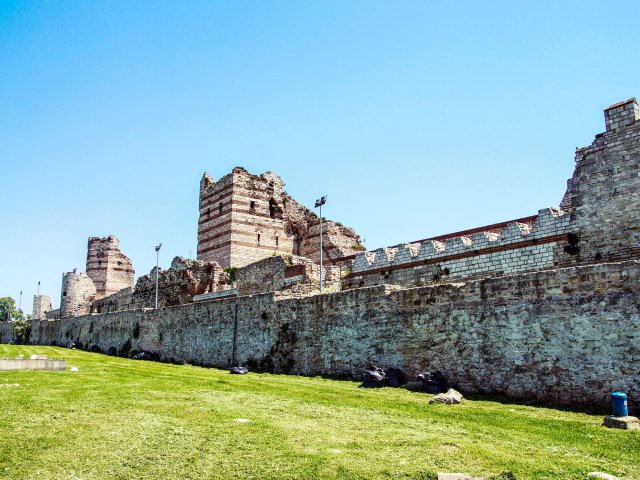
Originally named after the Byzantine Emperor Constantine, Constantinople (later called Istanbul) continued to grow with each successor. When Theodosius II took the throne in 408 CE, he ordered the construction of fortifying walls to protect the city. An earthquake destroyed the walls about 25 years after their completion, but citizens set to work rebuilding them.
At the same time, they added an exterior wall and a moat to further protect the city. The original wall was between 36 and 46 feet high and 16 feet thick. Towers up to 66 feet tall gave defenders a scenic view of the land and the perfect place to spot incoming invasions.
Ultimately, the wall was about four miles long and included large stone, marble, and gold gates for people to enter and exit the city. One of the most historically significant gates was called Edirnekapi. This was the gate where Fatih Mehmet entered and retook the city from the Christians. Today, those who visit Istanbul can see large parts of the red brick and limestone monoliths that made up the Theodosian wall.
Walls of Babylon, Iraq
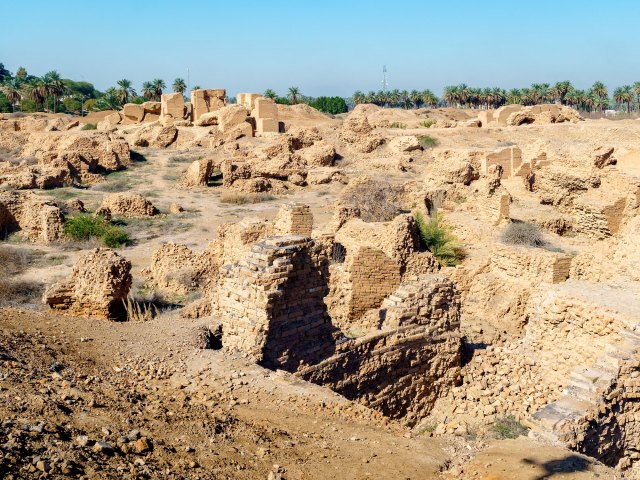
The fertile land between the Tigris and Euphrates rivers in modern-day Iraq is often called the Cradle of Civilization. It was home to several ancient cities, including Babylon, which lies in the heart of Mesopotamia. You might be familiar with stories about the Tower of Babel and the magnificent Hanging Gardens of Babylon.
Historians trace the emergence of Babylon to around 1894 BCE. But the civilization really reached its golden age between the sixth and seventh centuries BCE, when Nebuchadrezzar II ordered the construction of a third wall to further strengthen Babylon’s double-walled defenses. The walls were so wide and solidly built that the ancient Babylonians could race chariots along the top of them.
Parts of those walls still stand today, but the site suffered some damage as a result of conflict in the region. Saddam Hussein famously rebuilt the ruins of Babylon in the 1980s, but wars in Iraq kept the sites closed to tourists for years. The UNESCO World Heritage Site reopened in 2009. Travel to this site south of Baghdad is still restricted for many travelers, who dream of someday being able to see the famous walls where the Hanging Gardens once stood.
More from our network
Daily Passport is part of Optimism, which publishes content that uplifts, informs, and inspires.






